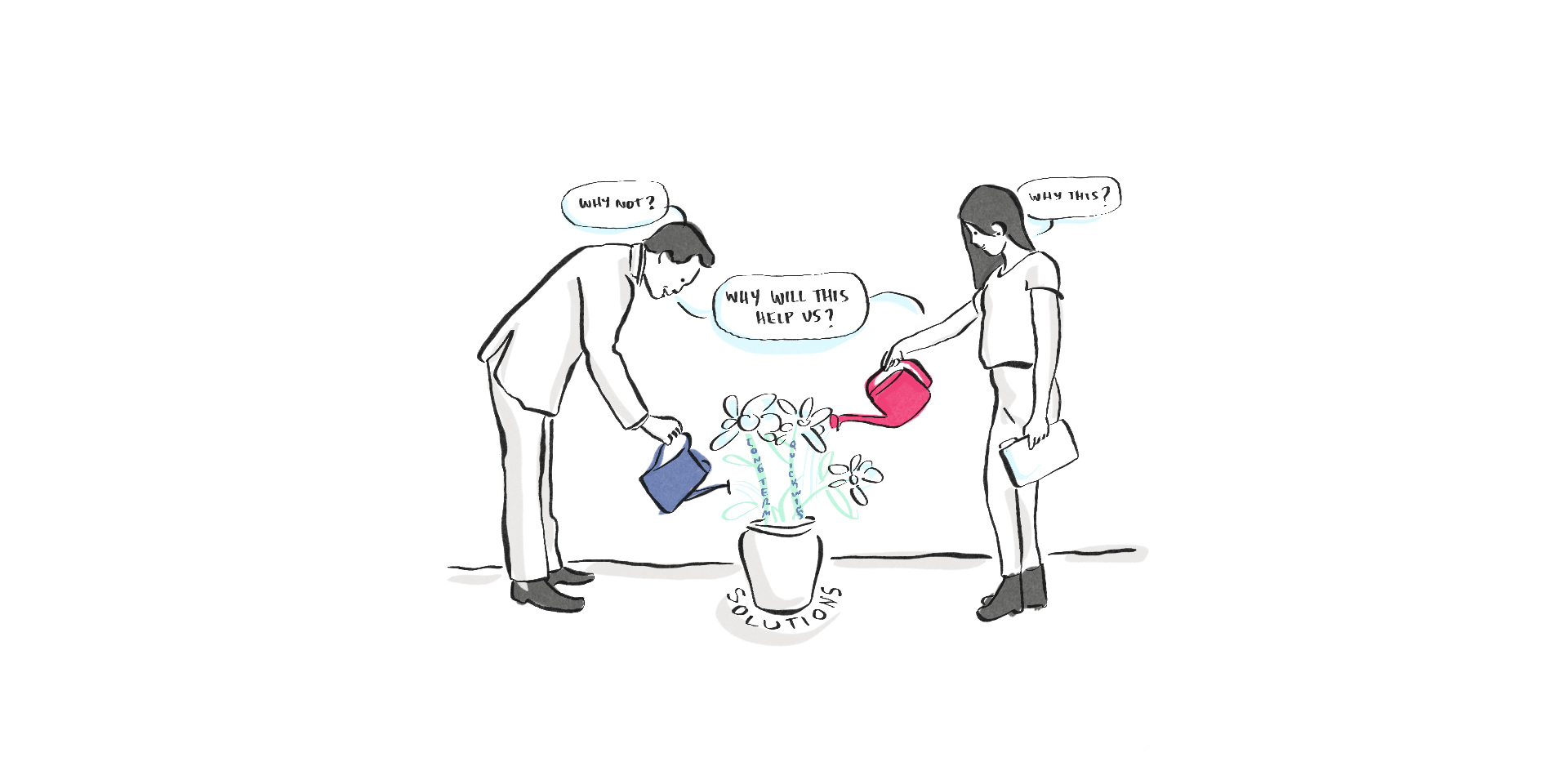The Power Of Little Victories, Part II: Where Fun Meets Strategy
There are some practical sides to making quick wins work. Last post, we talked about the fun side to quick wins, and how almost anything – really, anything – could count as a quick win. Well-organised quick wins can be low-budget and even…dare we suggest…fun! But we can practically see managers scratching their heads and employees biting their lower lips: can this really work? Yes. But you must be smart about it.
Questions are a good start to mix effectiveness with strategy. Consider first what type of problem are you trying to tackle with your quick wins? What are the employee and manager grievances? Are the themes grounded in feedback (or lack thereof)? Wasted time? An absence of motivation? What if you are doing work that you don’t feel inspired by? Or what if you are managing employees who are not inspired enough?
What about accounting for the diversity of perspectives? As we have discussed in previous posts, it is natural that employees and management might see the employee engagement issue from different perspectives, and the trick is to find overlap. The same is true of quick wins: acknowledge what the management and employees might see as different quick wins, but find common ground, and work to grow that. At Starfish Taylor, two other important features stick out: you need to leverage the brain power you have, but it also helps to have an impartial outside assessment. The outside perspective can bring the brain power together and draw out potential that was there before. Through this process, you can find solutions.
Another key feature for strategic implementation of quick wins is to discern between (1) starting at the personal level and broadening to the organisational level and (2) starting at the organisational level and moving to affect the personal level. Sometimes, in quick wins we have seen management giving employees individually more responsibility or autonomy, and that translates into a change in organisational character. Other times, management focuses on an all-organisation change, like monthly office fun-day, and that change trickles down to individual employee performance. It can work both ways.
Solutions could range from changing inefficient procedures, updating procedures, or introducing new things. Make sure there is clarity about the quick wins, who is implementing them, and who is taking part in them. If you need a period of trial and error, embrace it. Who has the authority to make these changes? In the above examples, HR, management, or even a unit or specific boss could be responsible for implementing the changes. Quick wins might vary across locations, e.g., a multinational company that has offices around the globe might identity different quick wins from office to office. They can even be highly personal, tailored to the division, or even the employee. Different styles could mean different implementation, and that’s normal. Rather than casting it as a logistical nightmare, take away the stress and see it as an investment into the well being of your workplace.
Deploying a can-do attitude is important. If you’re reading this as management, confronted with what seems to be a bizarre quick-win suggestion, imagine instead of responding with a short “no”, instead you ask yourself “Why not?”. If you’re an employee reading this, instead of casting management as the spoil-sport to your quick win solution, ask yourself, “Why this?” or “How will this help me/us?”. When brainstorming quick wins that are right for yourself or your organisation, you might also ask “How could I help do that?” – how you can help contribute to the solution.
As you go forward, keep evaluating! Review the impact of the quick win versus the ongoing cost of the quick win. Maybe, as certain needs are met, new ones will crop up. It is ok to revise. Quick wins create momentum – but that momentum needs to be used. So, as you evaluate, keep in mind the balance of quick wins with long-term strategy, and put both of those to work in your solutions.
To read more about improving Employee Engagement, click here



